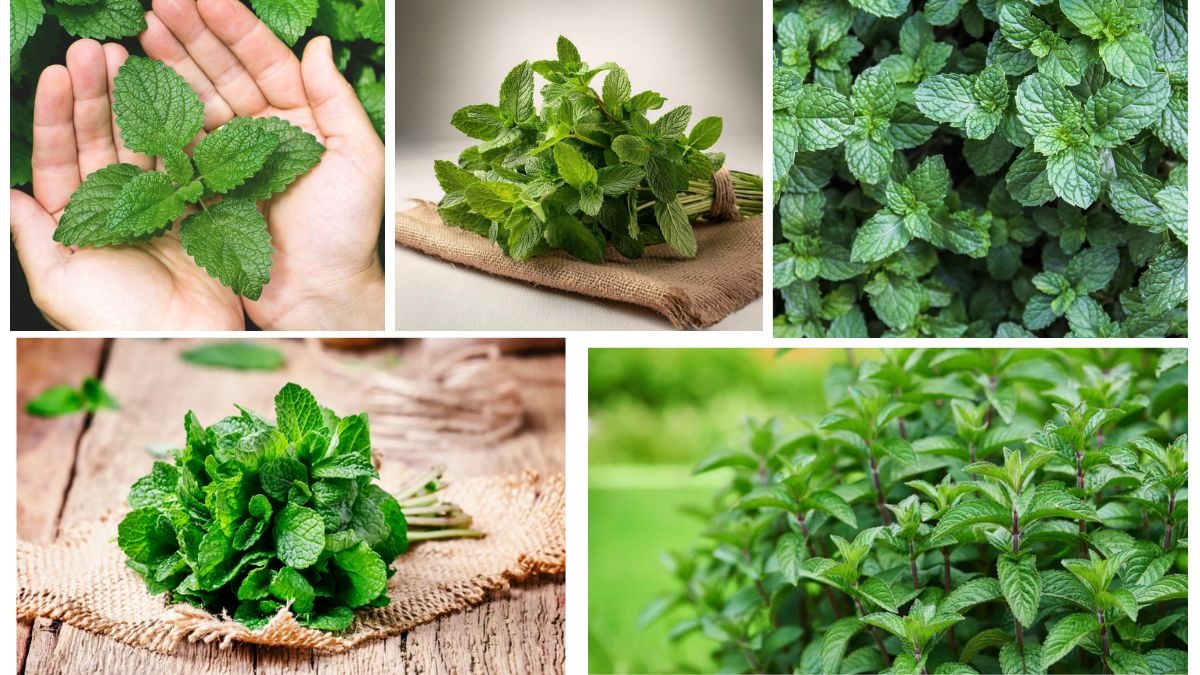Mint, with its refreshing aroma and diverse culinary, medicinal, and industrial applications, has become one of the most widely cultivated and consumed herbs globally. From teas and toothpaste to essential oils and cosmetics, mint plays a significant role in everyday life. But have you ever wondered which country leads the world in mint production? This article explores the global mint industry, delves into key production statistics, and reveals which country stands as the largest mint producer in the world.
Understanding Mint: A Valuable Global Herb
Mint refers to a group of aromatic herbs belonging to the Mentha genus. The most commonly cultivated varieties include:
- Peppermint (Mentha × piperita)
- Spearmint (Mentha spicata)
- Field Mint (Mentha arvensis)
These varieties are cultivated for different purposes—some for essential oil extraction, others for culinary or medicinal use. Mint is prized for its refreshing taste, anti-inflammatory properties, and soothing qualities.
Global Mint Production: An Overview
Mint is grown in many parts of the world, especially in temperate and subtropical regions. However, the scale and purpose of cultivation vary greatly from country to country. Some nations grow mint primarily for fresh leaves (culinary use), while others focus on large-scale commercial production of menthol oil and mint extracts for pharmaceutical, cosmetic, and food industries.
The global mint oil market alone is valued at over USD 700 million and is expected to grow steadily due to increasing demand in oral care, food processing, aromatherapy, and pharmaceuticals.
India: The World’s Largest Mint Producer
India holds the crown as the largest mint producer in the world, accounting for nearly 80% of global mint oil production, especially menthol mint (Mentha arvensis). The country dominates the market with its extensive cultivation, processing capabilities, and export infrastructure.
Key Production Statistics:
- Mint cultivated area in India: Approximately 300,000 hectares annually
- Annual mint oil production: 25,000–30,000 metric tonnes
- Main producing states: Uttar Pradesh, Punjab, Haryana, and Bihar
- Major mint varieties: Kosi, Kushal, Hybrid 77, and Saksham
India’s dominance in mint production is backed by favorable agro-climatic conditions, an abundant labor force, and innovative agricultural practices.
India’s Mint Industry: From Farm to Export
1. Cultivation and Harvesting:
Farmers in India typically grow mint as a short-term seasonal crop. It’s cultivated in loamy soils and thrives in warm weather with adequate irrigation. Harvesting is done 90–100 days after planting, with leaves distilled for oil through a steam distillation process.
2. Processing & Distillation:
India has developed a sophisticated network of mint oil distilleries, especially in Uttar Pradesh. These small and medium-scale units extract essential oils rich in menthol, which is later crystallized and refined for commercial use.
3. Exports:
India exports mint oil and menthol crystals to more than 100 countries. The United States, Germany, Japan, and China are among the top importers. According to the Ministry of Commerce & Industry (India), mint exports contribute over $200 million annually to India’s economy.
Other Major Mint Producers in the World
While India leads by a vast margin, a few other countries also have significant mint industries:
1. China
China is the second-largest producer of mint, mainly focusing on spearmint and peppermint. Its mint oil production is geared toward both domestic consumption and export, though it lags behind India in total volume.
2. United States
The U.S., particularly the states of Oregon, Washington, and Idaho, is known for cultivating peppermint and spearmint for high-quality essential oil. American mint oil is widely used in chewing gums, candies, and personal care products.
- Annual U.S. mint oil production: Approx. 3,000–4,000 metric tonnes
- Key use: Food flavoring, toothpaste, gum, pharmaceuticals
3. Brazil, Egypt, and Morocco
These countries grow mint for regional use and export of dried mint leaves and essential oils. However, their production volume is relatively low compared to the top three producers.
Global Demand for Mint: What’s Driving Growth?
Mint’s global demand is driven by its wide array of applications, including:
- Food and Beverages: Used in candies, gums, teas, and ice creams
- Pharmaceuticals: Used in ointments, balms, and cold/flu treatments
- Personal Care: Found in toothpaste, shampoos, and skin products
- Aromatherapy: Valued for calming and refreshing properties
The global shift toward natural ingredients has boosted demand for mint-based products, particularly in Europe and North America.
Industrial Challenges and Sustainability
Despite its success, the mint industry faces several challenges:
- Price Volatility: Farmers often face fluctuating prices due to global supply-demand dynamics.
- Over-cultivation: Continuous mint farming can deplete soil fertility.
- Climate Dependence: Erratic monsoons and rising temperatures affect yield quality.
To address these issues, Indian agricultural institutes are promoting crop rotation, organic farming, and sustainable distillation methods to ensure long-term mint production viability.
Future of Mint Production
India is expected to maintain its leadership in mint production for the foreseeable future, especially with:
- New high-yielding mint varieties
- Government support through export incentives
- Growing global preference for natural products
Moreover, innovations in mint genomics, organic farming, and automated distillation units are likely to enhance both quality and quantity in mint farming across the globe.
Conclusion
To sum up, India is unequivocally the largest mint producer in the world, with an expansive industry that fuels not only its economy but also the global supply chain of menthol products. Its leadership stems from suitable climate, skilled farmers, vast cultivation land, and robust export capabilities.
As the demand for natural herbs continues to rise, especially in health-conscious and eco-aware markets, India’s role in supplying high-quality mint will become even more critical. Countries like China and the United States also play vital roles, but India’s dominance remains unchallenged in the near future.




Leave A Comment